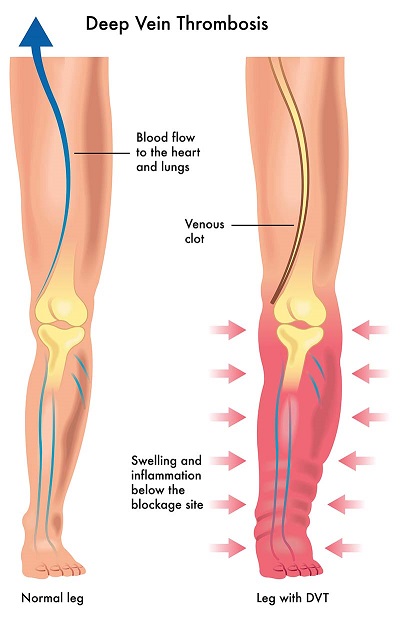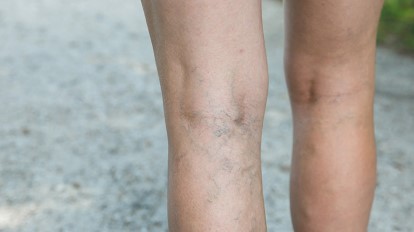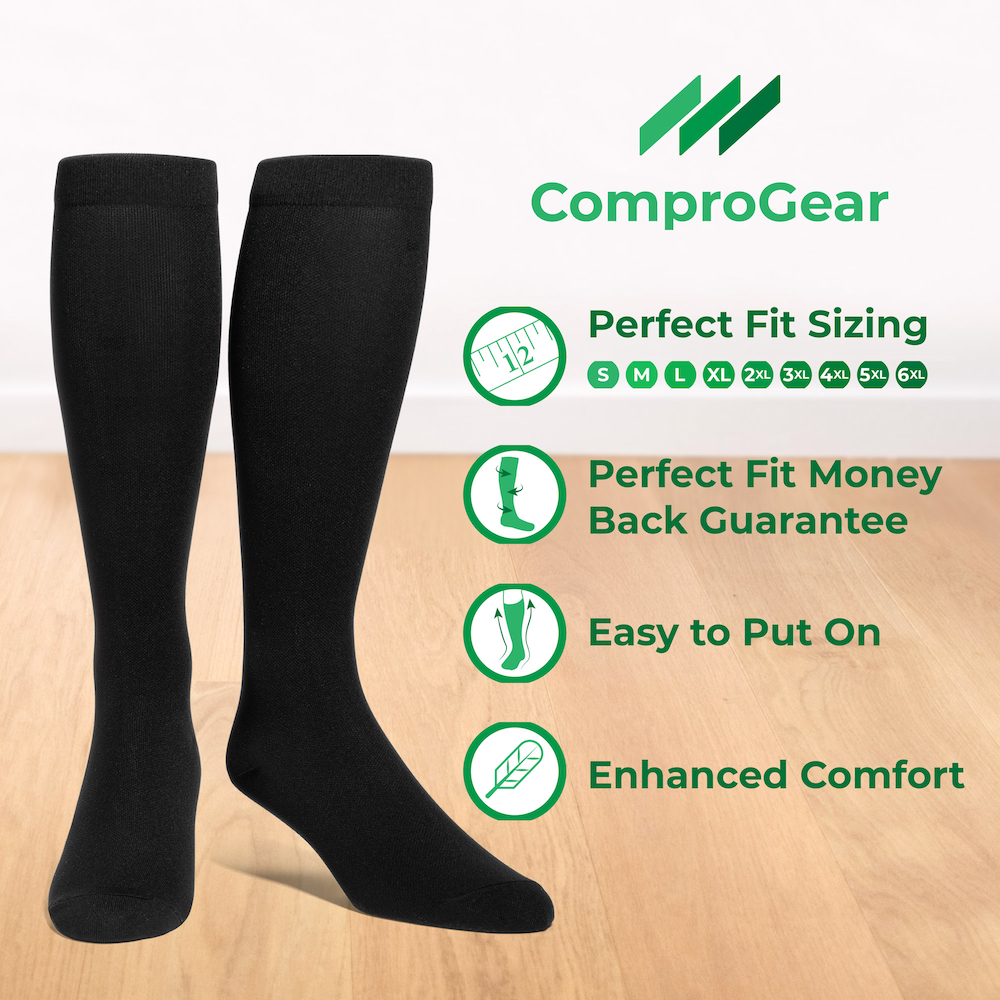Compression socks are elastic socks made to reduce pressure on the lower parts of the legs and ankles. They are generally worn to enhance blood flow, lessen leg pain, and prevent leg swelling which may be caused by venous disorders.
They look like your average pair of socks, however, they are tighter than regular socks. Compression socks are available in various designs and colors, and come in styles that make them hard to distinguish from conventional socks.
Compression socks are very useful, especially in sports. They can be worn during a long flight and, as previously mentioned, they are great for those prone to venous disorders. Even so, that doesn’t mean they can or should be worn all day long. As helpful as compression socks are, it’s important to know when to put them on and for how long.
Factors to Note Before Compression Socks are Worn
How do you know the exact amount of time you should be wearing your compression socks/stockings?
It’s important not to base how often you wear your compression socks solely on your whims. Going overboard with how long you wear your compression socks can be harmful to your health. Below, we will discuss appropriate times to wear them and what health conditions they can be worn for. That said, it’s important to consult your physician in regards to the length of time you should be wearing your compression socks/stockings.
First thing in the morning

Yup, that’s right! The best time to wear compression sock is in the morning, just before you start your day. Why? Well, you’ve spent hours in a sedentary state while you were sleeping, which often results in swollen legs. Our legs often swell more in the morning, more so than any other time of day. With that in mind, it’s a great idea to start your day with a pair of compression socks.
Make sure to start with the correct size compression socks for a proper fit.
During a flight
Wearing compression socks during a flight is a great idea. It helps reduce blood circulation problems, swelling, pain, discomfort, and blood clots around the legs, which may result from extended periods of inactivity. It is best to put them on first thing in the morning on the day of your flight. You’ll be in an inactive state during the flight, so it’s best to keep them on the whole time. The best time to take off your compression socks is when you get to your hotel or accommodation. Remember to take a new pair along with you on your next flight.
At the start of pregnancy
Progesterone is a hormone that is induced during pregnancy; this hormone helps to create an environment that nurtures the developing baby. A high amount of this hormone can cause swelling, especially in the legs. This is due to excess blood in the feet, which may result in varicose veins. As such, most women feel aches and pains in their lower body as their pregnancy progresses. With that in mind, it’s advisable to begin the use of compression socks early in the pregnancy. Wearing compression socks during pregnancy aids blood flow, which reduces the risk of swelling, discomfort, and pain.
During exercise and sports
Compression socks are popular among athletes, especially triathletes and long-distance runners. The benefits of compression socks during sporting activities are immense. Wearing compression socks while exercising or participating in sports improves oxygen delivery, reduces muscle oscillation, increases blood flow, and decreases soreness. It also reduces stress and strain to the muscles while preventing soft tissue damage such as shin splints.
Several studies have indicated that wearing these unique socks helps improve athletic performance, enhances balance, and increases endurance. Not all researchers support these findings, but if wearing compression socks makes you feel good and perform better, then you should include them in your sports kit.
After sports and during workout recovery
Compression socks speed up recovery time and reduce soreness after a strenuous workout or sporting event. They also aid in reducing swelling, improving circulation, and decreasing muscle soreness in the feet and legs. The health benefits of wearing compression socks help you focus on your fitness goals or athletic performance. With compression socks, you don’t have to miss another workout session or sit on the bench because your muscles are too sore!
Post-surgery or while bedridden
After surgery, you’re typically told to move as little as possible so that the surgical site can heal effectively. However, this state of immobility can reduce blood flow from the legs to the heart. This can cause an accumulation of fluid, which results in swelling of the legs. More often than not, compression socks are recommended after surgery to aid circulation. They’re perfect for patients who are restricted from moving or placed on bed rest. Patients are advised to wear compression socks as often as possible throughout the day and night until they can move around on their own again. The recovery process is a long journey, but the use of compression socks can help ease the way.
While sitting/standing for long hours
If your occupation demands that you sit or stand for long periods, compression socks can come in handy. Sitting or standing for a long time can cause fluid retention in the legs and ankles, which may cause muscle inactivity and swelling of the legs. When muscles become inactive, they can’t pump fluids back up towards the heart. Unsurprisingly, this retention of water and blood can cause painful swelling of the legs, but compression socks help to prevent it. In a situation where you have to sit or stand for a long time, make sure you wear compression socks before and during this period.
Are you prone to venous diseases?
Several factors can leave you predisposed to developing venous diseases. The factors can stem from health conditions you are already at risk for, to having venous diseases run in your family.
Compression socks are highly recommended by doctors for the treatment and prevention of circulatory and venous diseases. They are helpful in reducing the diameter of the bloated vein and increasing venous blood flow speed as well as valve functionality. This causes the free flow of blood to the heart and decreases the amount of blood that pools in the feet.
Some of these health conditions include the following:
Deep vein thrombosis

Deep vein thrombosis (DVT) occurs when a blood clot forms in a deep vein of the body, typically in the leg. This often results in swelling and cramping pain in the foot, ankle, or leg.
Varicose veins

Varicose veins are bulging, swollen, and twisting veins, with a bluish or dark purple appearances. This condition occurs when veins are enlarged, dilated, and overfilled with blood.
Edema

Edema (swelling) usually happens in the feet, in which case it is referred to as pedal edema. This typically occurs due to an accumulation of fluid in the tissue. Edema can also cause swelling of the arms and legs, in which case it is called lymphedema, which is caused by blockage of the lymphatic system.
These health conditions can be serious, but they are preventable and manageable with the right use of compression socks. Compression socks work best when worn properly, so it’s vital to use them appropriately to enhance their effectiveness.
This page last updated December 10, 2022
